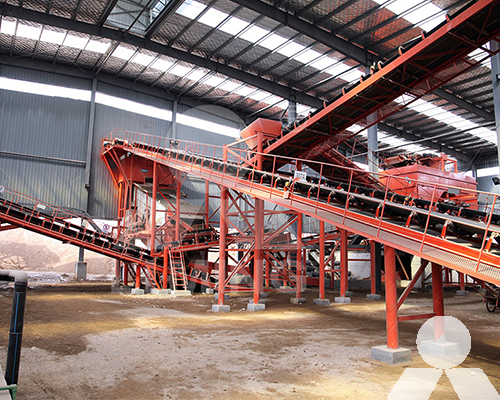Copper mineral processing cost in Indonesia
Indonesia is the world’s largest producer of copper ore, with a production of 1.3 million tonnes in 2022. The country is home to a number of large copper mines, including Freeport Indonesia, PT Vale Indonesia, and PT Antam.
The cost of copper mineral processing in Indonesia varies depending on a number of factors, including the grade of the ore, the location of the mine, and the technology used. In general, the cost of processing copper ore in Indonesia is lower than in other countries, such as Chile and Peru.

One of the main reasons for the lower processing costs in Indonesia is the availability of cheap labor. The average wage for a miner in Indonesia is around $1,500 per month, which is much lower than in other copper-producing countries.
Another factor that contributes to lower processing costs in Indonesia is the government’s support for the mining industry. The government provides a number of incentives to mining companies, including tax breaks and subsidies for energy and infrastructure.
The following are some of the key factors that contribute to the cost of copper mineral processing in Indonesia:
- Grade of the ore: The higher the grade of the ore, the lower the cost of processing.
- Location of the mine: Mines located in remote areas have higher transportation costs, which can increase the overall cost of processing.
- Technology used: More efficient technologies can reduce the cost of processing.
The following are some of the specific costs associated with copper mineral processing in Indonesia:
- Mining: The cost of mining includes the cost of drilling, blasting, and transporting the ore to the processing plant.
- Crushing and grinding: The cost of crushing and grinding the ore includes the cost of equipment, energy, and labor.
- Concentrating: The cost of concentrating the ore includes the cost of reagents, energy, and labor.
- Refining: The cost of refining the ore includes the cost of equipment, energy, and labor.
The cost of copper mineral processing in Indonesia is expected to remain relatively low in the coming years. The availability of cheap labor and government support will continue to be key factors in keeping costs down.









